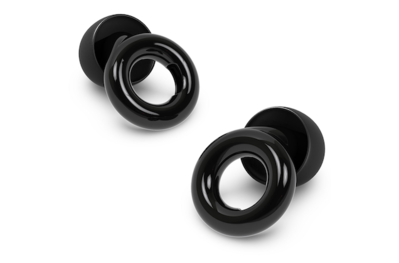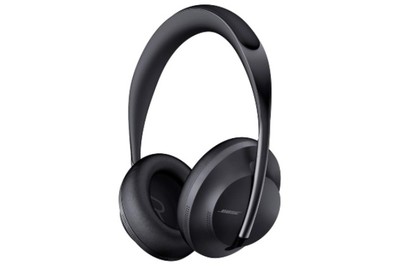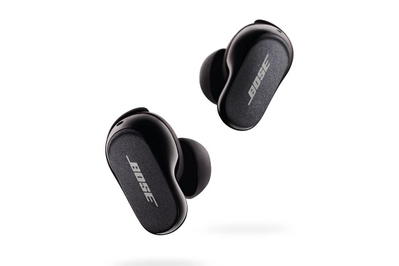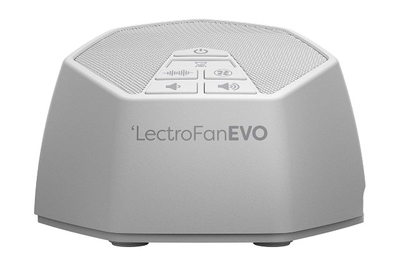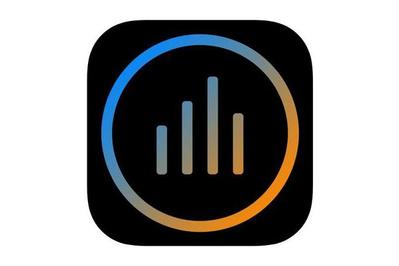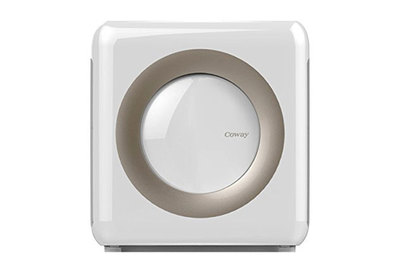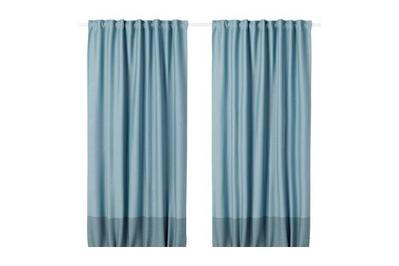Ask Wirecutter, an advice column written by Annemarie Conte, explores the best approaches to buying, using, and maintaining stuff. Email your biggest product-related problems to askwirecutter@wirecutter.com.
Dear Wirecutter,
When I moved out of New York City, I expected to finally have some peace and quiet. But the suburbs are so loud. Do you have any advice on how my partner and I can tamp down the noise of yard work, sirens, and all of the other little annoyances while we are home?
E.C.
Dear E.C.,
Oh, you sweet, innocent city mouse.
You thought the grass was greener out here in the suburbs? As you’ve learned, that grass needs to be mowed—and those barking dogs, emergency vehicles, and screaming people that may have kept you up at night in an urban area have suburban counterparts. Last year, my neighbors’ roof repair apparently involved flinging old shingles from 30 feet up into an empty dumpster, which then reverberated like a timpani set in my skull for a full week.
I know it can be tough to focus on work, or a book, or a nice family dinner while someone is using a screaming leaf blower for what seems like all of eternity. So, as always, I asked our Wirecutter experts for their tips. But this time, I also reached out to my suburban friends who live and breathe this life every day, to see how they find peace and quiet.
Try noise-reducing earbuds and noise-cancelling headphones
If you want to stay aware of your surroundings but bring down the volume of the world, you can try musician earplugs. “Loop earplugs are my secret stress-busting weapon when my kiddo is having a raucous playdate,” said senior staff writer and headphones expert Lauren Dragan.
Loop Experience Earplugs
Although no universal earplug will reduce different sounds as evenly as a custom design, this pair offers solid noise protection and is the most enjoyable to wear.
Another option: Invest in noise-cancelling headphones. Our picks come in both over-ear and earbuds options. Active noise cancellation reduces the intensity of sustained nuisance noises, and you can augment the effect by listening to masking sounds like music or white noise.
Bose Noise Cancelling Headphones 700
These over-ear headphones deliver excellent noise cancellation in a comfortable, lightweight design that’s travel-friendly—but they carry a high price.
Bose QuietComfort Earbuds II
These completely wireless earbuds sound nice and offer the broadest active noise cancellation of models we’ve tested. But this high-priced set also has a few drawbacks.
Add focused noise
If you prefer to listen to music without headphones, a smart speaker or Bluetooth speaker are both great options. Some Wirecutter journalists play music in a language they don’t understand because it adds good filler noise without creating distraction with the lyrics.
Ultimate Ears Wonderboom 3
This small, round speaker has a natural sound and a cool design, and it’s built to survive outdoor adventures. But it’s a little chunky, and it uses an outdated Micro-USB port for charging.
If white or brown noise is more your thing, we love the top-pick LectroFan EVO or the myNoise app for concentrated work.
“The soothing whoosh of brown noise has a way of quieting both the distracting noises around me and my chatty inner-monologue,” said senior staff writer Elissa Sanci, who wrote a piece on how to use brown noise to focus at work. I also had several people tell me that air purifiers can perform double duty as an annoyance-noise masker.
LectroFan EVO
With its electronically generated sounds, the LectroFan EVO masks a wider variety of noises than the other machines we tested in its price range.
myNoise
This white noise app offers better customization than any other app we’ve found. It doesn’t simply make nuisance noises more bearable—it can make them almost disappear.
Coway Airmega AP-1512HH Mighty
Perfect for bedrooms, playrooms, and living rooms, this is one of the best-performing, most durable, and most economical purifiers we’ve tested.
Go somewhere with better soundproofing
If you need to just get away from a particular noise, pop over to a café, your local library, or a co-working space to snag some Wi-Fi and chill, and to break up the workday.
Many suburbanites I spoke to also tend to move around their house. Though conference software has gotten pretty good at filtering out extraneous background noise, many people move to a quieter spot if they have a particularly important call—whether that involves hiding in their basement, attic, or closet (clothes double as sound-mufflers!).
You can also make your house quieter, especially if you live in an older home with single-pane windows. Upgrading your windows, adding thicker curtains, and placing rugs on hardwood floors all work to help soak up noise.
IKEA Marjun Curtains
These come in only one length and three color-blocked styles, but they look nice and blocked more light in our tests than most. And they’re less expensive than many we’ve tested.
Lean into it
Mourning doves like to hang outside my window. At first they annoyed me, but now I find their cooing to be gentle and comforting. Being able to identify sounds helps a lot with ignoring them.
“Country loud is definitely different than city loud, and you might just need some time to get used to the new sounds,” said travel and outdoors editor Ria Misra, who uses the Merlin Bird ID app. “It helped me find out that those weird noises I kept hearing in the dark at a cabin I was visiting were actually from a great horned owl,” she said.
Whether the source of the hubbub is human, animal, or machine, I hope this helps you find some techniques to let you fully embrace the suburban mouse inside you.
This article was edited by Ben Frumin.


